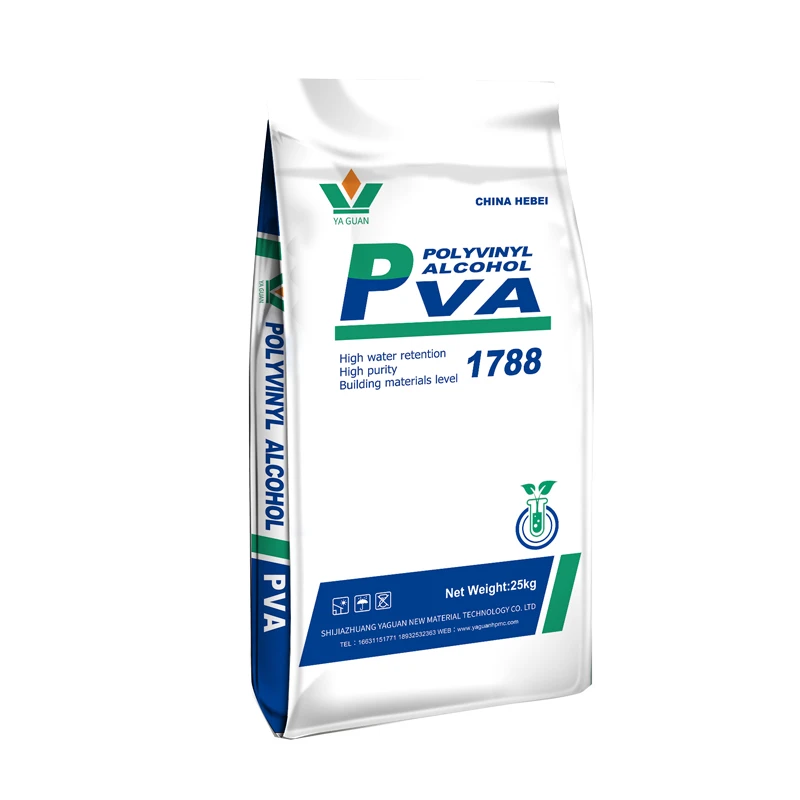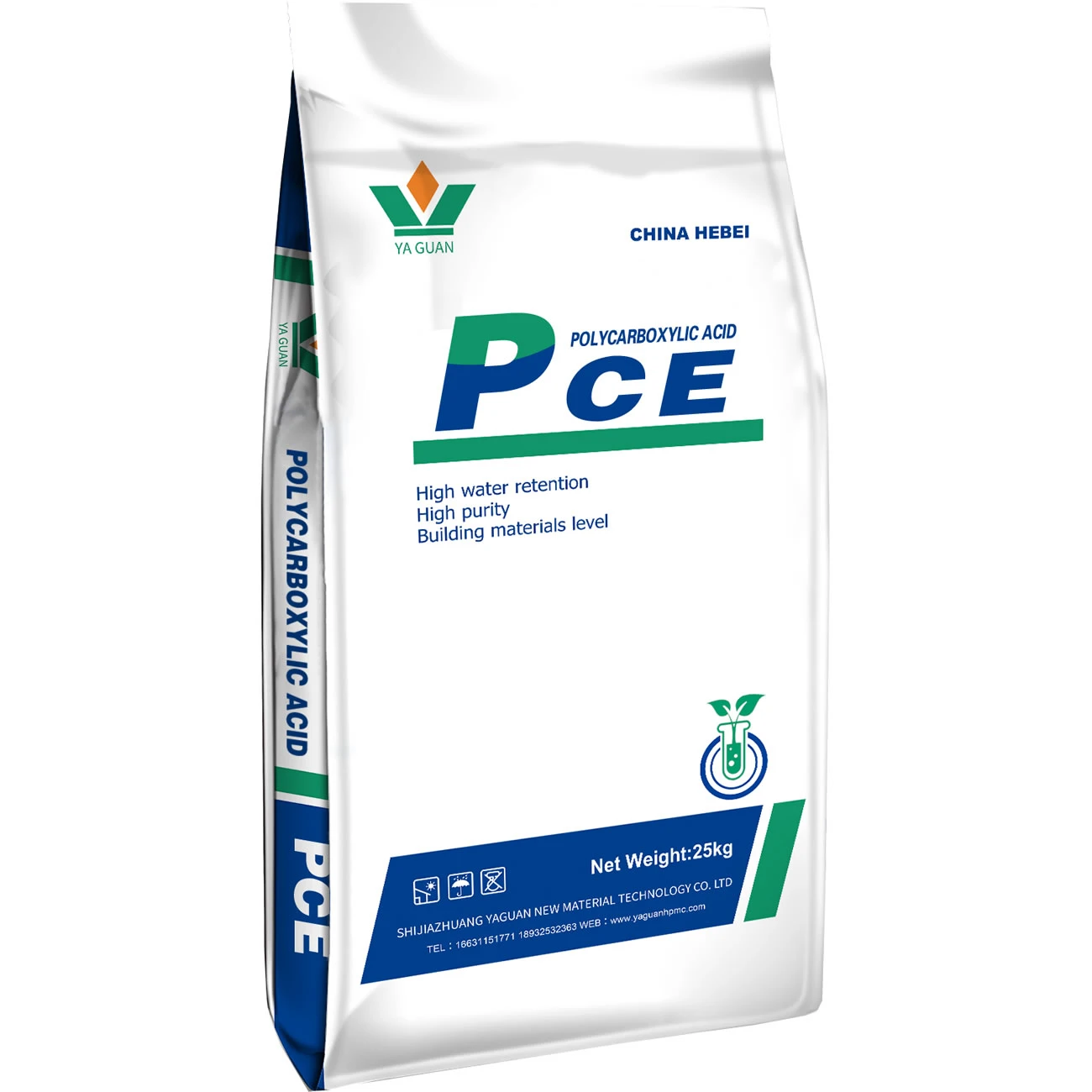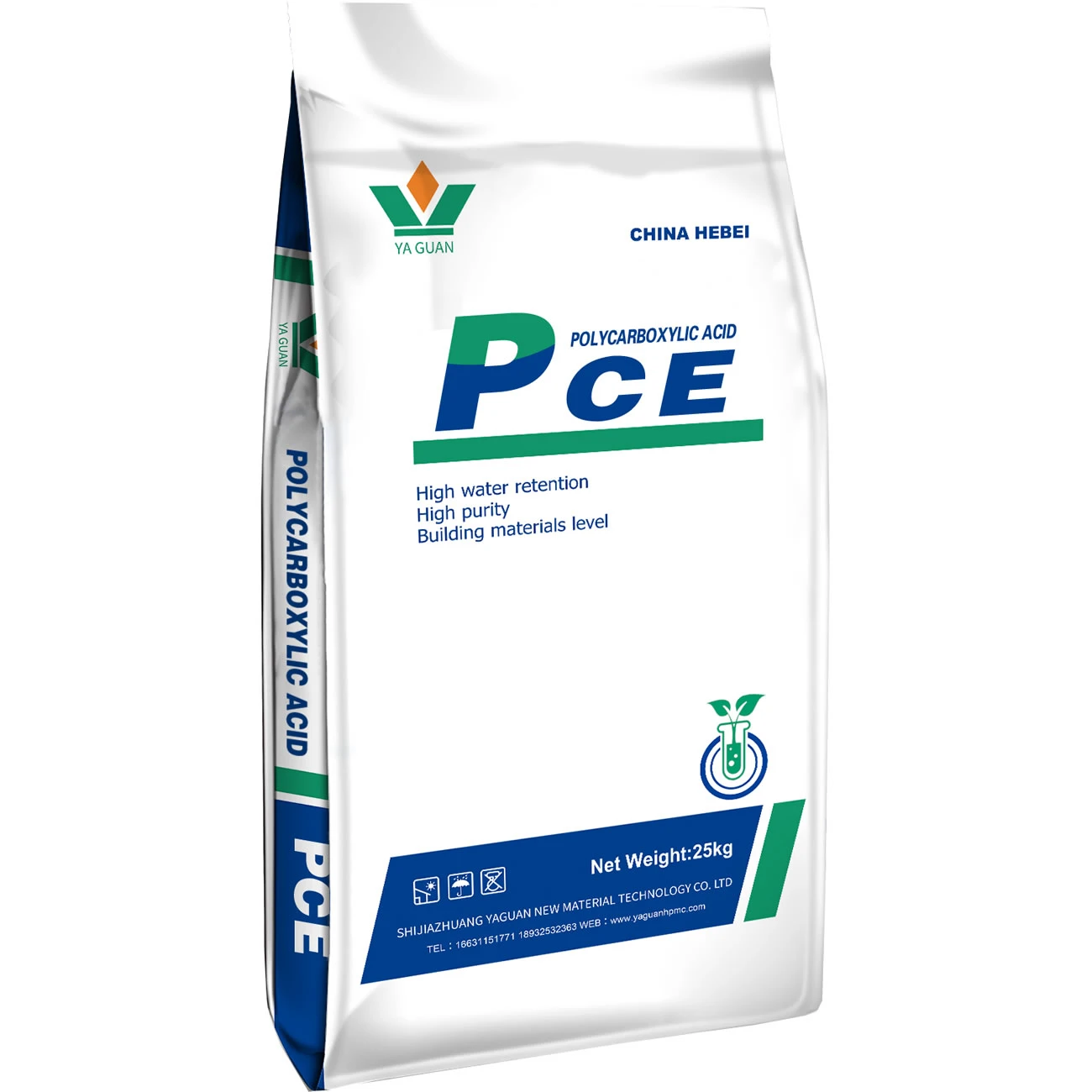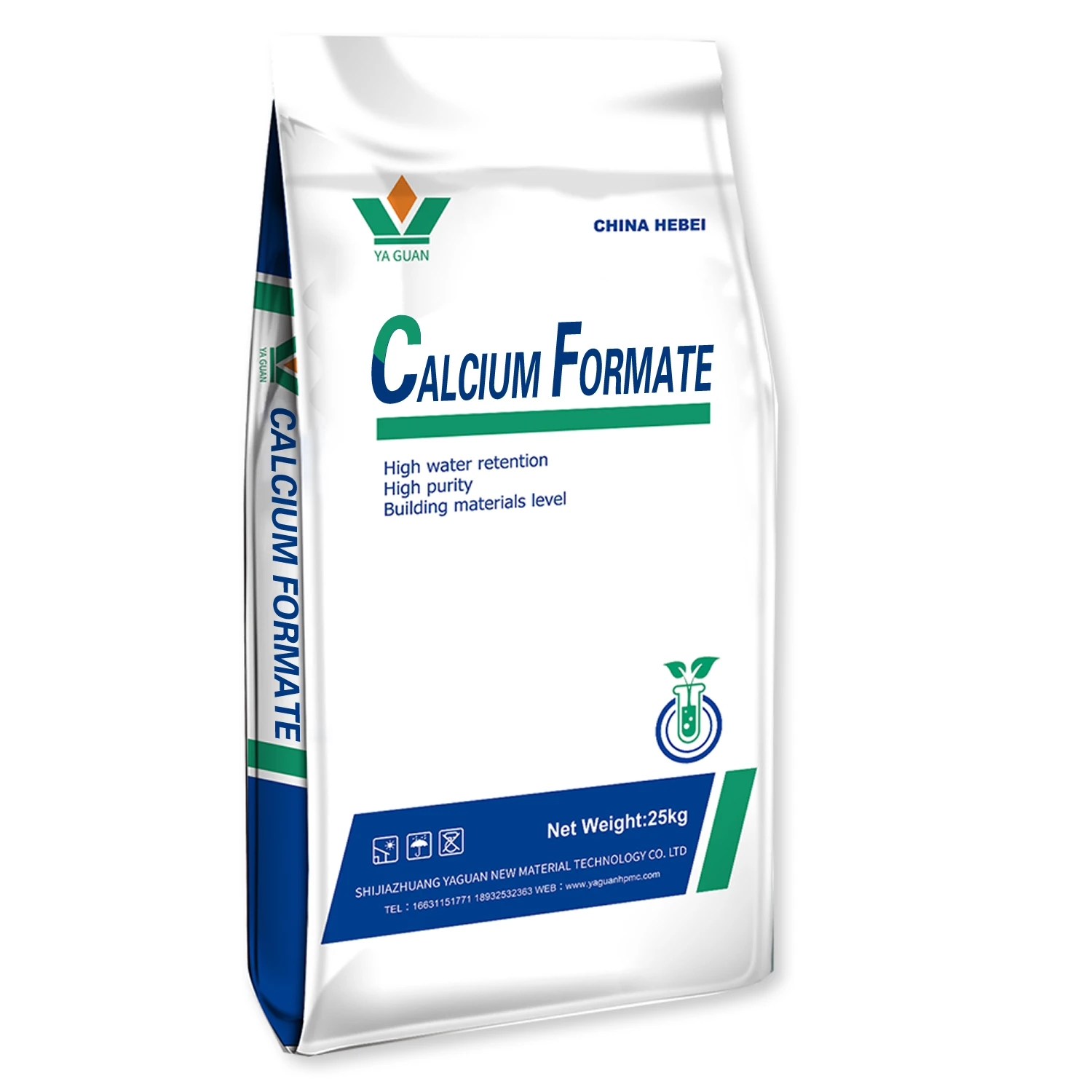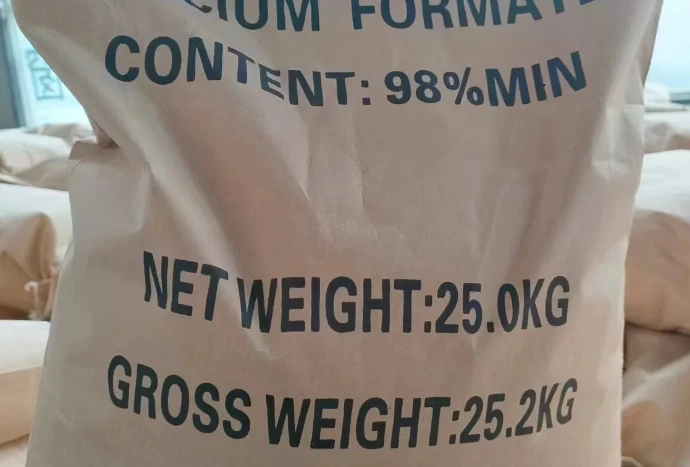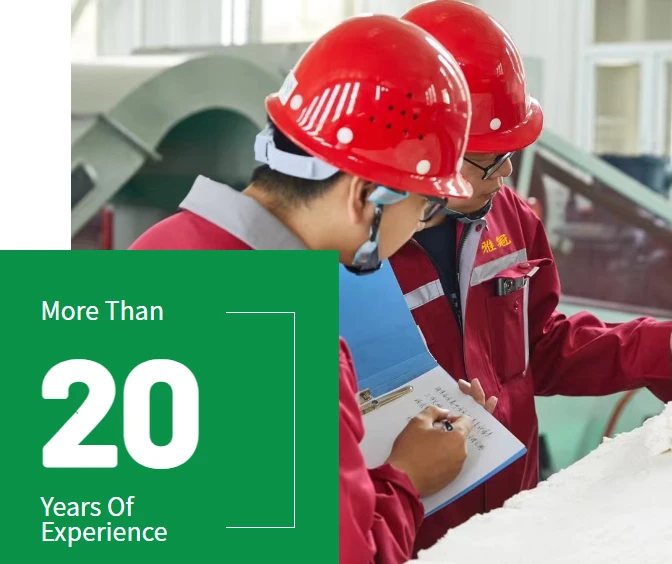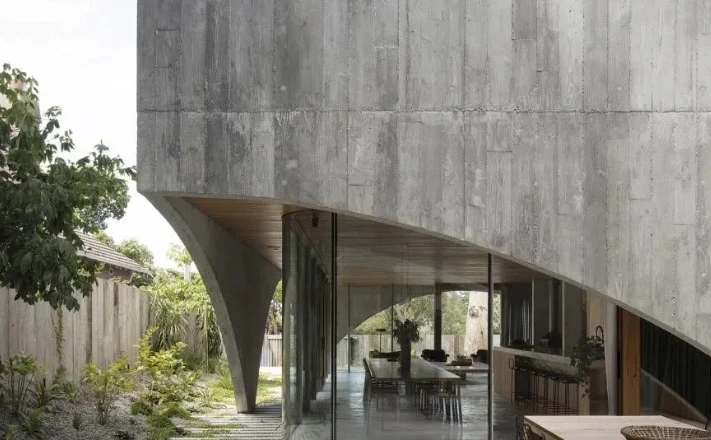
Polycarboxylate ether, commonly known as PCE, represents a breakthrough in concrete admixture technology, significantly improving the performance of concrete in modern construction. As a water reducing admixture, PCE effectively lowers the water content required in concrete mixes without compromising fluidity, resulting in higher strength and better durability. This advanced admixture not only enhances workability but also contributes to sustainability by reducing cement consumption and minimizing environmental impact.
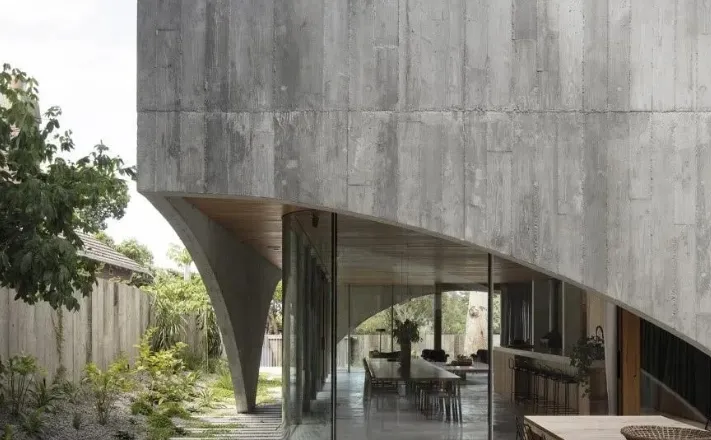
The growing demand for green building materials and more resilient infrastructure has positioned PCE as a preferred solution for producing high performance water reducer concrete formulations. Its superior dispersing properties allow for consistent and stable concrete mixtures adaptable to a range of climatic conditions, making it indispensable in high-strength and high-performance construction projects worldwide.
Benefits and Performance of Water Reducing Admixtures in Concrete
The primary function of water reducer admixtures like PCE is to reduce the amount of mixing water while maintaining or improving the workability of concrete. By lowering water content, concrete gains increased compressive strength and enhanced durability. This makes structures more resistant to weathering, chemical attack, and mechanical wear.
Unlike traditional water reducers, PCE exhibits exceptional dispersing efficiency, promoting uniform particle distribution within the cement matrix. This improves the flow characteristics and cohesiveness of the mix, leading to easier placement and better surface finish. The admixture also extends the workability period, providing construction teams with more flexibility during application.
Furthermore, PCE supports the production of sustainable concrete by reducing cement usage, which in turn lowers CO2 emissions associated with cement manufacturing. Its compliance with environmental standards underscores its role in the transition toward greener construction practices.
Applications of High Performance Water Reducers Across Construction Sectors
PCE is widely adopted in projects requiring superior concrete performance, including high-rise buildings, bridges, tunnels, and infrastructure exposed to harsh environments. The use of high performance water reducer admixtures ensures that concrete achieves the necessary strength and durability while remaining workable for complex architectural designs.
In precast concrete manufacturing, PCE enhances the production process by enabling faster setting times and reducing defects such as segregation and bleeding. This results in high-quality precast elements with improved longevity and aesthetic appeal.
The admixture is also critical in producing self-compacting concrete (SCC), where flowability and stability are paramount. PCE’s ability to maintain these characteristics without excessive water use makes it essential for modern construction technologies aiming to reduce labor and improve efficiency.
Environmental and Economic Advantages of Using PCE in Concrete Mixes
Incorporating PCE as a water reducing admixture delivers notable environmental benefits. By lowering the cement content needed for a given concrete strength, it directly reduces greenhouse gas emissions from cement production. This contributes to sustainable building goals and helps projects meet increasingly stringent environmental regulations.
Economically, PCE reduces material costs by minimizing cement and water consumption while enhancing concrete performance. The improved workability allows faster construction cycles and reduces labor costs associated with mixing, transporting, and placing concrete. Its extended workability time also decreases delays and wastage on site, improving overall project efficiency.
Moreover, the durability improvements conferred by high performance water reducer admixtures mean that concrete structures require less maintenance and repair over their lifespan, generating long-term cost savings and resource efficiency.
Future Developments and Trends in Water Reducer Technologies
Research in the field of water reducer admixtures continues to focus on optimizing polymer formulations like PCE to further enhance performance and sustainability. Innovations include the development of admixtures tailored for extreme environments, faster setting times, and compatibility with new cement types and supplementary materials.
Emerging trends also explore synergistic blends of PCE with other admixtures to improve concrete’s rheology and durability simultaneously. Smart admixtures capable of adapting to environmental changes during curing are on the horizon, promising even greater control over concrete properties.
As green building certification and carbon footprint reduction become central to construction planning, demand for efficient, eco-friendly admixtures like PCE will intensify. Continued advancements will likely expand its application in innovative construction methods such as 3D concrete printing and ultra-high-performance concrete (UHPC).
PCE and Water Reducer FAQs
What is PCE and how does it function as a water reducing admixture?
PCE (polycarboxylate ether) is a synthetic polymer used in concrete to reduce the water content while maintaining or enhancing flowability. It works by dispersing cement particles evenly, preventing clumping, and improving the mix’s workability, which leads to stronger and more durable concrete.
How does a high performance water reducer improve concrete quality?
A high performance water reducer like PCE enhances concrete by lowering the water-to-cement ratio, which increases compressive strength, reduces porosity, and improves durability. It also extends workability, enabling easier placement and finishing.
Can PCE help reduce environmental impact in construction?
Yes, by reducing the amount of cement required for specific strength levels, PCE lowers CO2 emissions associated with cement production. Its use supports sustainable construction by promoting efficient resource utilization and reducing waste.
What types of construction projects benefit most from using PCE?
Projects involving high-strength concrete such as skyscrapers, bridges, tunnels, and precast elements benefit significantly from PCE admixtures. It is also essential in self-compacting concrete used for complex forms and demanding applications.
Are there any limitations to using water reducers like PCE?
While PCE offers many advantages, careful dosage and compatibility testing are essential to prevent issues like delayed setting or excessive retardation. It should be selected and applied according to specific mix designs and environmental conditions to optimize performance.







